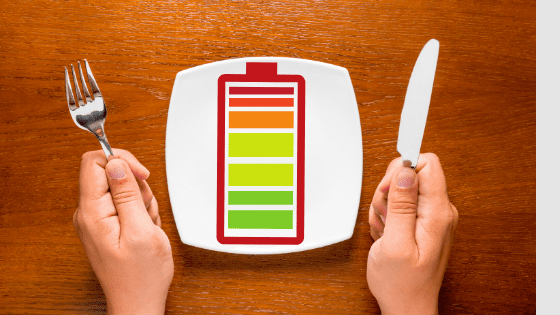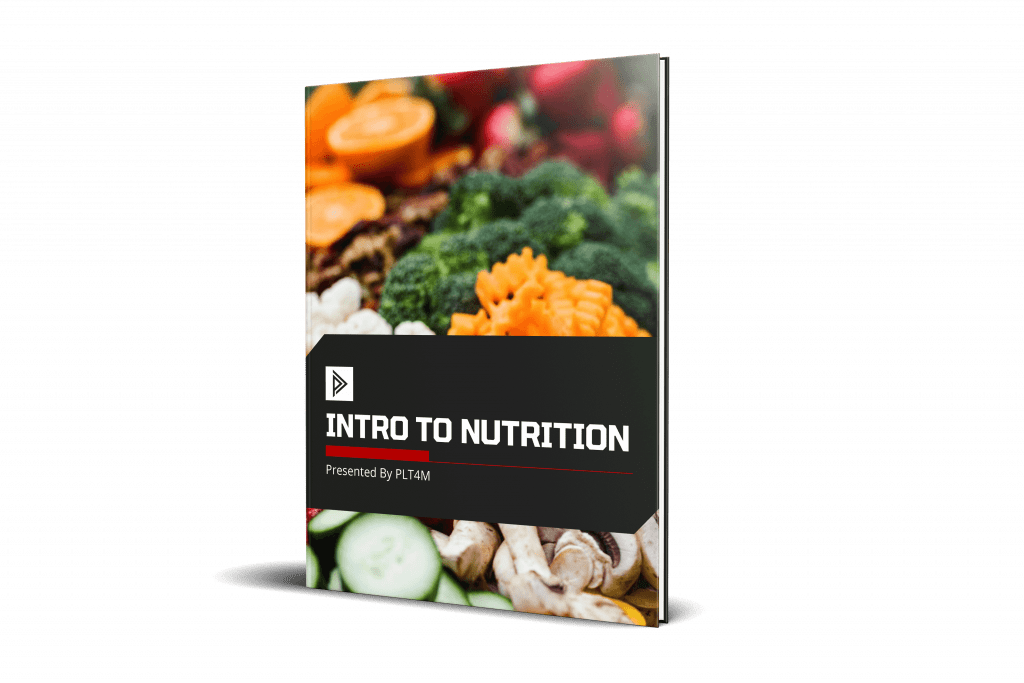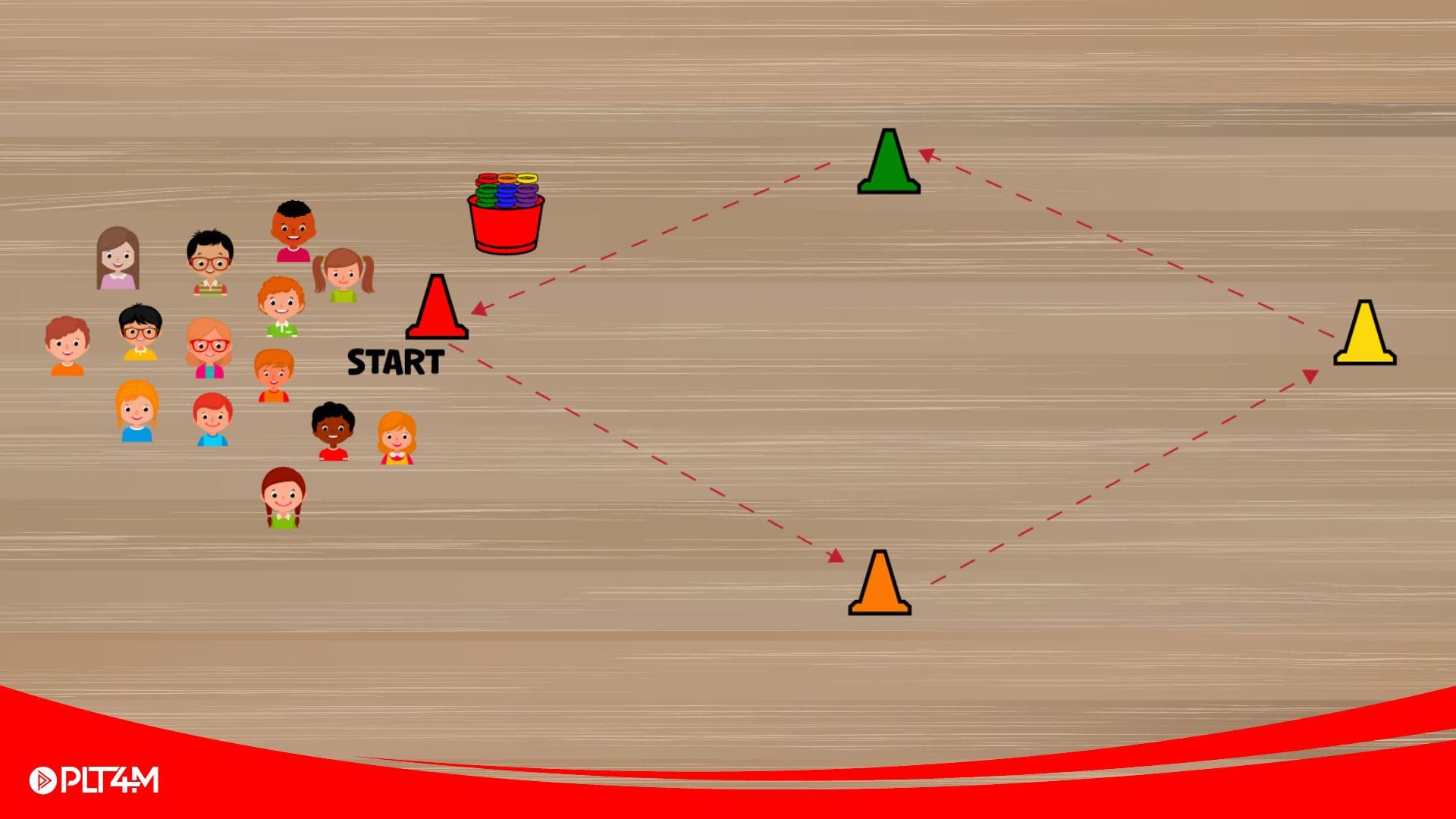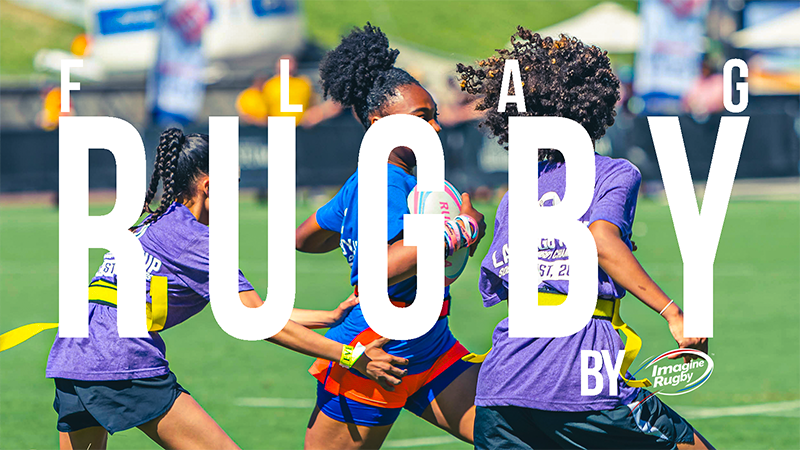Food. Everybody’s doing it. Every human on this planet consumes food (this includes water). Like sleep, feeding and hydrating the human body is absolutely essential. We can survive without television, cars, and smartphones, but not food.
Food provides energy to think, breathe, grow, move, repair, and heal. Food also provides non-energy vitamins and minerals that support essential activities like converting food to energy, developing hormones, supporting the immune and nervous systems, and protecting our body from damage.
While we all eat food, the what, where, why, when, and how can vary dramatically based on various lifestyle factors. Culture, environment, and emotions among other factors can greatly influence what we consume on a daily basis.
How Often Does The Human Body Like To Be Fueled?
The human body does best with a mixture of foods. The food groups and plate method are one approach to understand how to meet those needs (eg, fruits, vegetables, grains, dairy, proteins etc). And most bodies have a preference to replenish fuel regularly – typically every 3-5 hours.
Nobody’s Perfect When It Comes To Nutriton
But in reality, we often don’t eat “perfectly,” and that’s ok. The human body is resilient and flexible. It doesn’t require 100% perfection in order to function. The body doesn’t have a daily deadline for its needs. Instead, it looks at nutrition as an average over time. It can tolerate and do “just fine” with less than optimal food choices or increased space between meals.
In fact, despite what you see on social media and in documentaries, the only foods you absolutely should not eat are foods that are expired / moldy, that you’re allergic to, or need to be avoided due to a medical condition. Beyond that, there are infinite ways to eat well.
Surviving or Thriving
But there is a spectrum between “surviving” (just meeting the bare minimum for nutrients) and “thriving” (optimal fueling for performance). The mission with nutrition is to find a balance between giving your body the foods (and nutrients) it needs to thrive while also making sure to include foods that are personally important to you, based on your taste buds, budget, cooking abilities, and culture.
At a bare minimum, every person needs to eat enough energy (aka, calories) each day for the body to function. Even when someone stops growing in height, their muscles, organs, bones, and brain are still developing. New evidence shows that growth and development may continue until the age of 25!
Running on Fumes
Ideally, the goal is to continue to work towards finding ways to thrive with our nutrition. When we don’t give our bodies enough fuel, we enter “survival mode”. There are a laundry list of potential consequences that can occur when the body lacks the fuel it needs, such as:
- Difficulty concentrating, therefore people don’t learn as well
- Increased irritability and anxiety
- Compromised height development so bodies won’t get as tall as genetically possible
- Reduced athletic performance
- Reduced interest in and ability to reproduce
- Increased risk of injury
- Reduced bone strength
What Comes Next
Once a body has enough fuel, you can focus on the quality of the fuel going in. Defining “quality” can be controversial. What you see in the media, and put out by influencers and corporations is not always consistent with science (or realistic for a normal life).
The goal of PLT4M’s nutrition lesson plans for high school students is to cut through the noise and give you the real-life tools and skills to decipher fact from fiction so you can make the best decisions for you.
In the next chapters, we’ll explore the chemistry of food and how it affects the human body. From there, we’ll talk about how to bring that chemistry to life!
Free Download
Get 6 Free Nutrition Lessons built for students when you download our Intro to Nutrition E-Book









